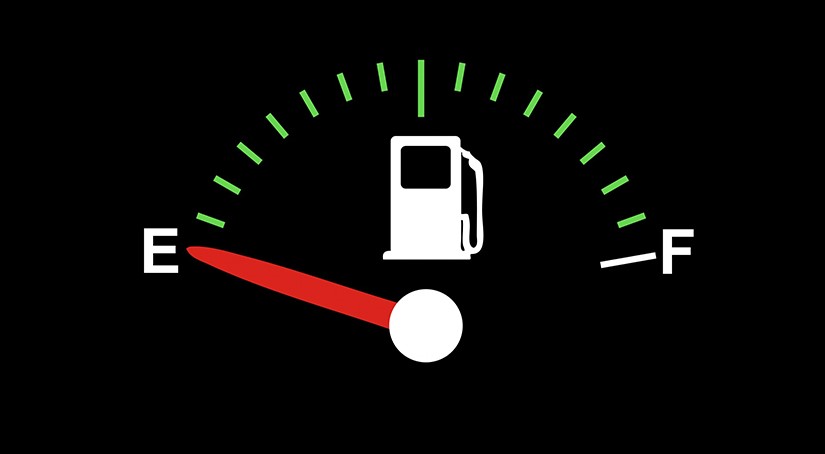
Keeping track of fuel spend is one of the most important parts of a fleet manager’s job. It’s also one of the most difficult. With so many variables in play, it’s easy to lose track, so you need to have a proper system in place to minimise risk.
Logging fuel can feel like micromanagement, but with fuel taking up a significant part a vehicle’s running costs, it’s essential to record and keep accurate fuel logs. According to Mohammed Moosa, National Fleet Manager at EQSTRA Fleet Management, the below five tips will help you reduce ‘lost’ fuel.
-
Never let your fuel card out of your sight
Even if you’ve been filling up at the same place for the past five years, don’t get comfortable and simply hand your fuel card to the attendant. If they can’t bring the card machine to your vehicle, go with them to the pay point. Card cloning is big business and fleet cards are especially vulnerable as it often takes longer for fraud to be picked up and for the card to be cancelled. Even if you have no idea how to spot possible cloning, the fact that you’re not simply handing over your card is a deterrent.
-
Double-check mileage
When the attendant asks for your mileage, double-check that they have entered the correct number. A simple typo will throw off your calculations at the end of the month. If this happens more than once and on different vehicles, it’s impossible for the fleet manager to get an accurate picture of vehicle fuel consumption.
-
Double-check litres
Same as with mileage, make sure that the correct number of litres is entered when paying with your fuel card. Don’t round off and make sure the information is correct before the transaction goes through. Mistakes will add up and your card data won’t give you a true reflection of fuel spend at the end of the month.
-
Check the receipt
Make a habit of checking the receipt before you leave to ensure you’re not paying more than you should. There are many cases where the price-per-litre charged differs from the current fuel price. Some unscrupulous vendors are known to add a random amount – as little as R10 – to each transaction. Automated systems aren’t foolproof, and sometimes there is simply an error, so avoid month-end surprises by double-checking the receipt before you drive off.
-
Know how your diesel rebates work
If your fuel card is linked to a diesel rebate scheme, make sure you know how it works. Only fill up at the participating garages and check for regular updates as some vendors may have dropped out of the scheme and new ones added. Also make sure that the attendant uses the correct merchant machine, as rebate schemes often require a specific machine be used in order for the rebate to reflect.
At the end of the day, it’s about taking responsibility for everything that happens with your fuel card. It may sound tedious, but once you’re in the habit of double-checking the detail of every transaction, it becomes second nature. By following these five rules you will certainly avoid incorrect mileage and litre allocations and also reduce your risk of fuel card fraud.
